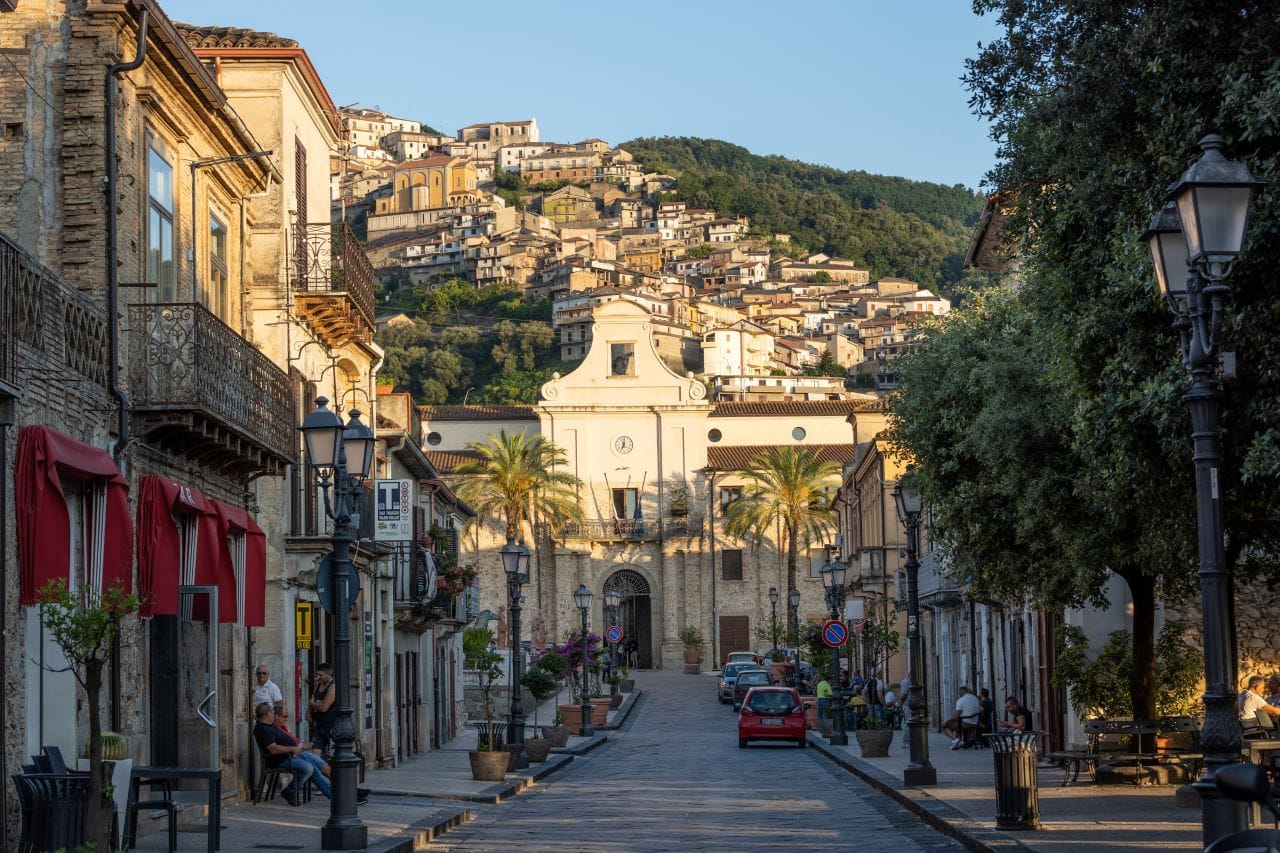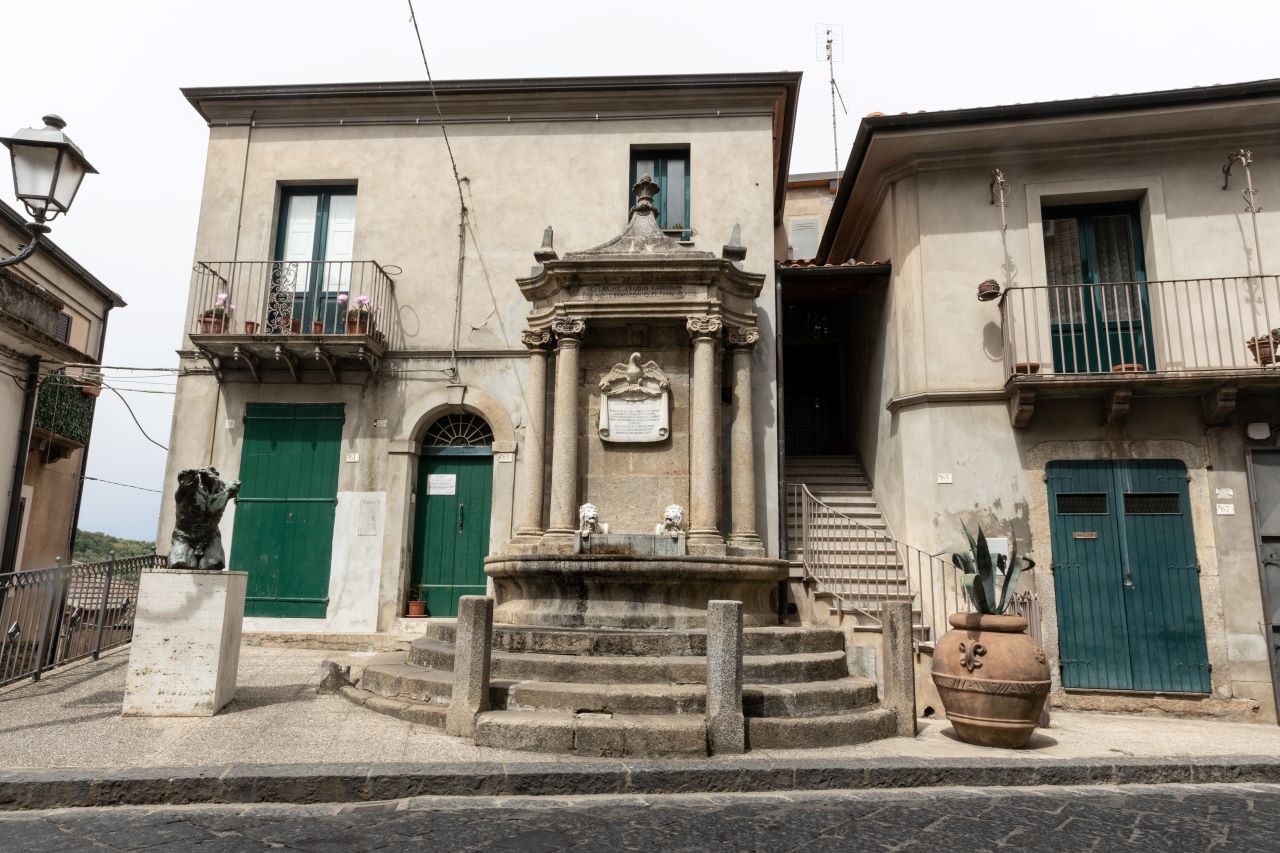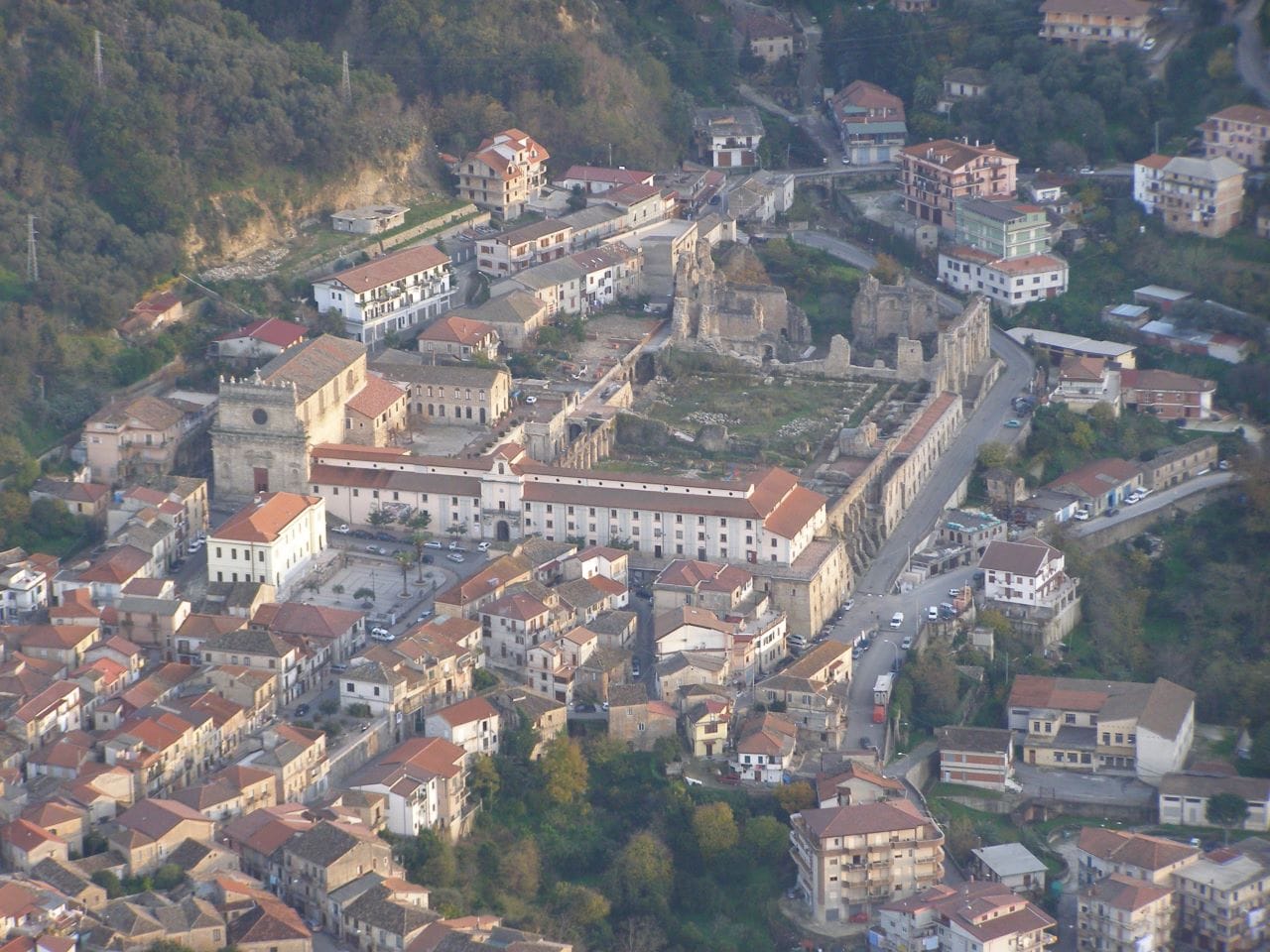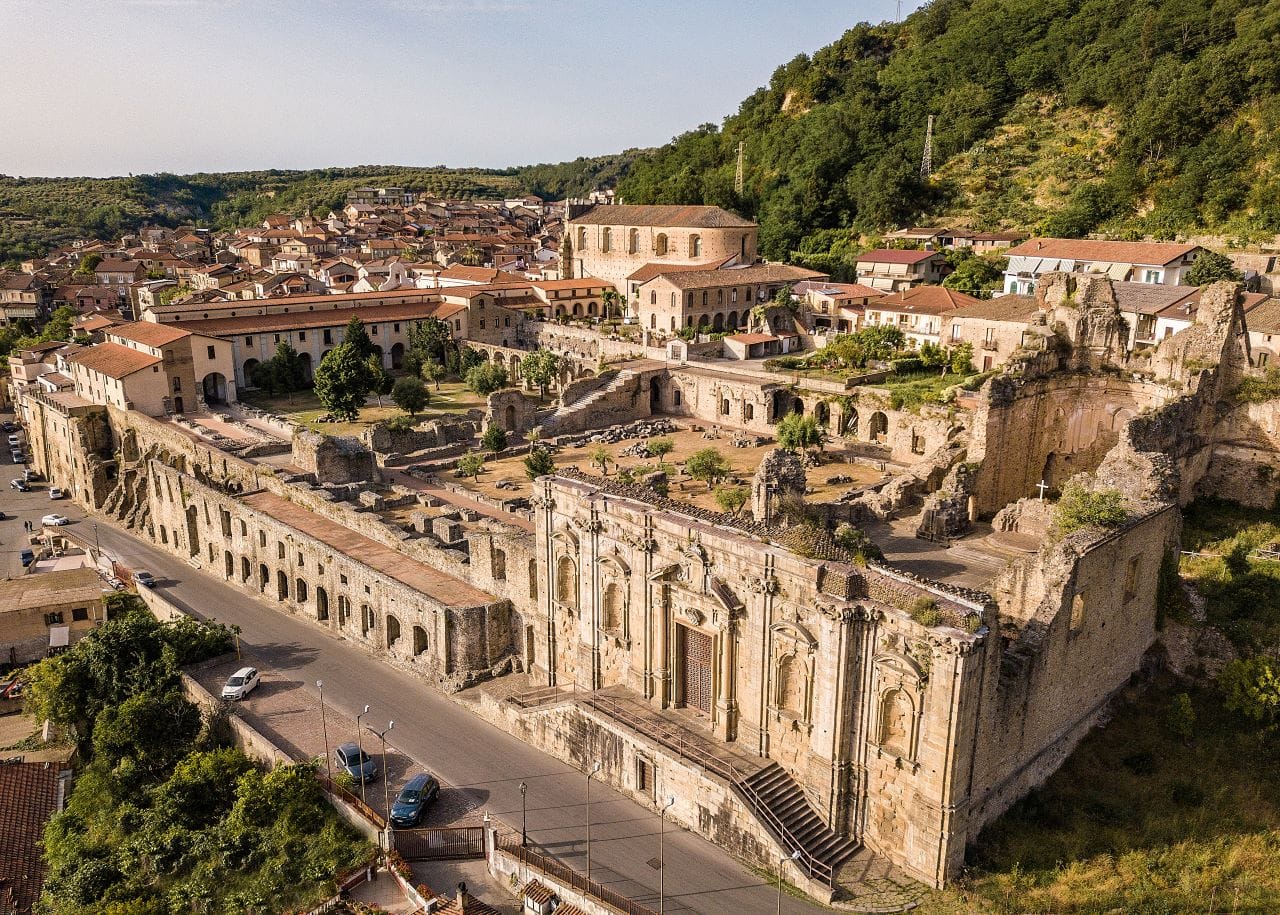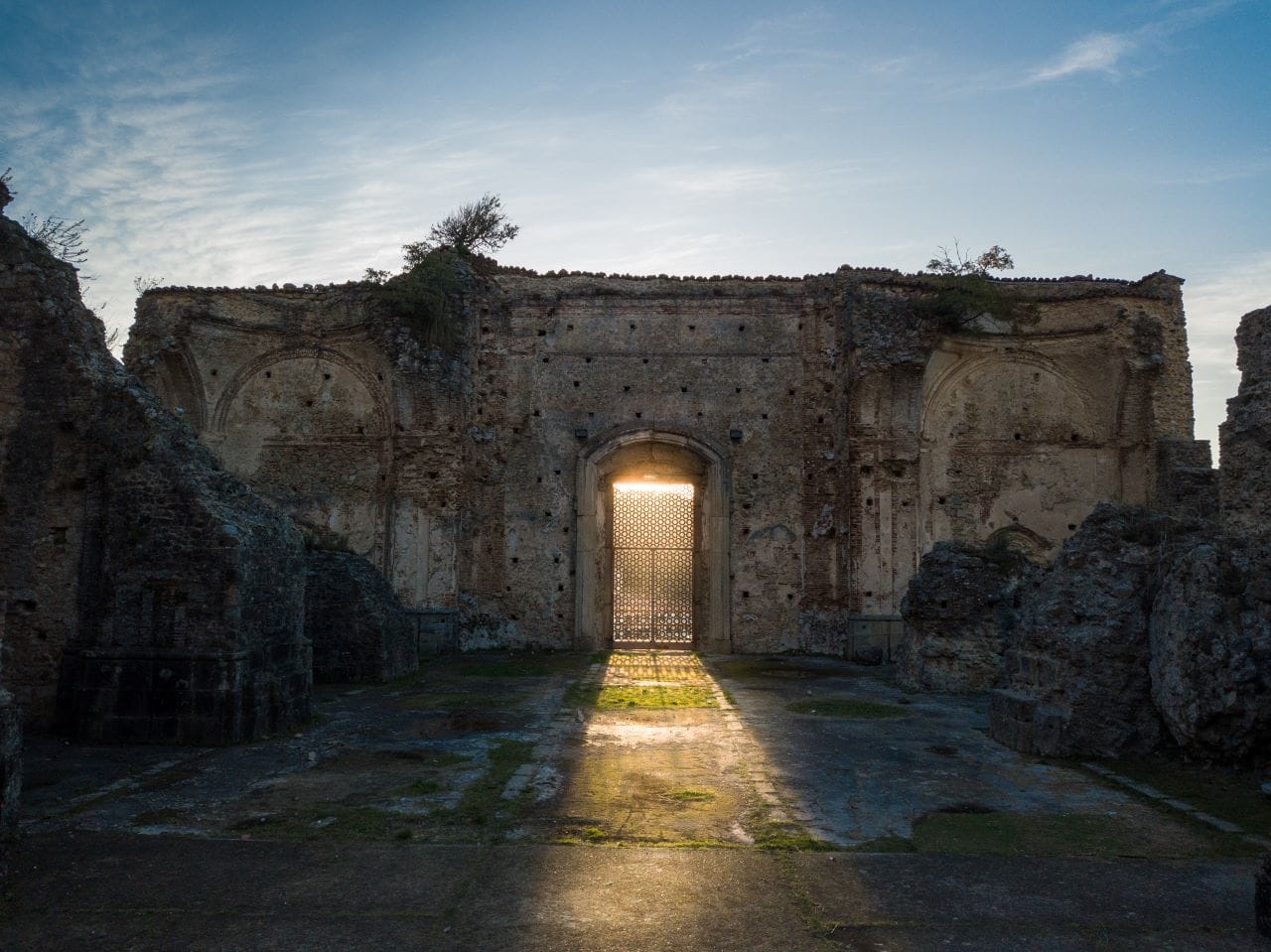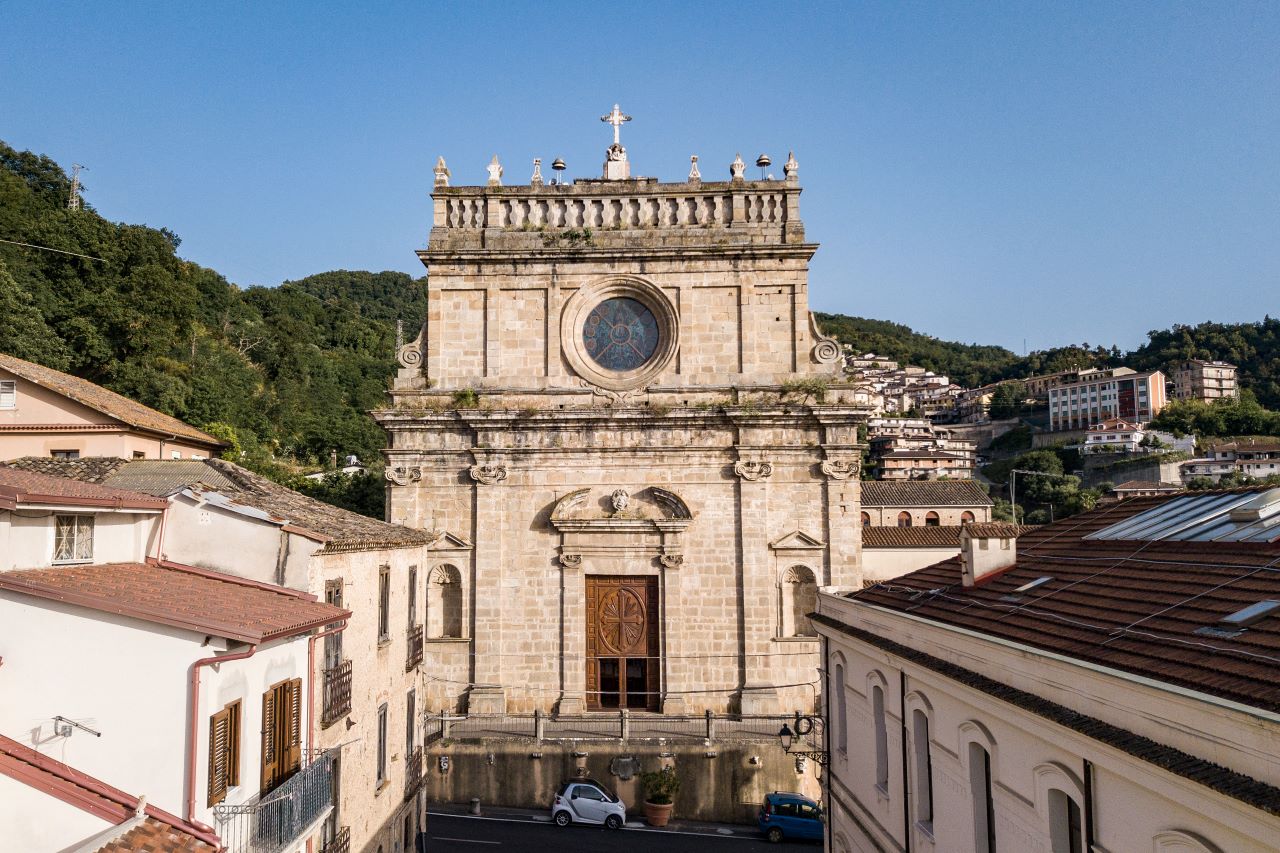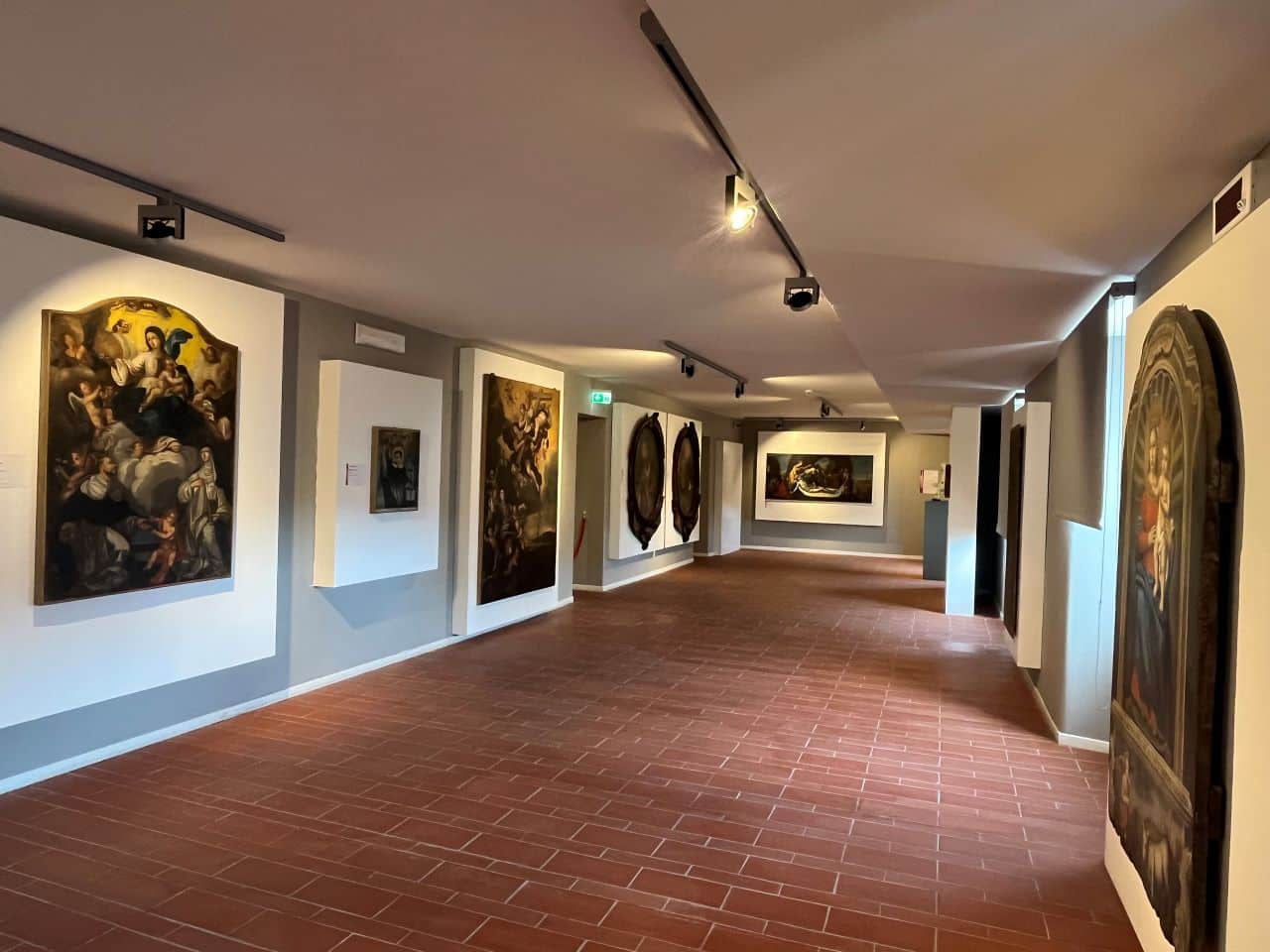The history of the village
Soriano Calabro's origins are attributed to the Basilian monks, but from 1510, with the arrival of the Dominicans who built a large convent, the town became an important centre of art and culture for the order in Europe. It is famous for having hosted Charles V in 1535, on his return from Tunis, and the philosopher Tommaso Campanella. The fame and wealth of the religious complex grew thanks to an image believed to be miraculous: the effigy of Saint Dominic of Guzmán, considered acheropite, which tradition says was given to a monk by the Virgin Mary together with the saints Catherine of Alexandria and Mary Magdalene. The economic power of the religious centre was consolidated in the 17th century, thanks mainly to the protection of the Spanish Crown, which was related to the Guzmán house.
After being almost completely destroyed by the 1659 earthquake, the monastery was rebuilt by Carthusian architect Bonaventura Presti, who designed a new monastery and church inspired by the famous Escorial in Madrid, albeit on a smaller scale. The monastery of Soriano covered an area of 23,000 m². The church, in the shape of a Latin cross, was spacious and bright, built in granite and travertine, with a single nave and eight chapels, all decorated with marble, gold, capitals, altarpieces, statues and marble medallions depicting Dominican saints and blessed. The high altar, imposing and sumptuous, was decorated in the Baroque style of the 17th century, located under the gigantic dome frescoed by Mattia Preti and surrounded by columns of marble and white alabaster, in the centre of which was set the venerated image of St Dominic. The semicircular apse, spacious and austere, housed magnificent inlaid wooden stalls, while the cloisters were surrounded by imposing porticoes on columns.
The settlement
The town of Soriano Calabro, situated on a slight slope, is divided into two parts: the old urban center, which preserves the ruins of the old Convent of St. Dominic, and the new urban center that developed south of the old town after 1960. Soriano Calabro boasts numerous cultural assets of great historical-artistic and anthropological value, such as the Basilica of Santa Maria Maggiore with the ruins of the ancient convent, the Church of San Martino vescovo, the Church of the Madonna del Carmine, the Church of San Filippo in the historical centre, the Church of San Francesco da Paola and the Museum Complex of Soriano Calabro, located in the Monumental Architectural Complex of the Ancient Convent, which houses various museums.
Today, Soriano Calabro is an important cultural centre thanks to its Museum Centre and the Calabrian Library, unique in the national panorama, with over 50,000 volumes written by Calabrians or about Calabria, as well as valuable monographs and cinquecentine. È anche un apprezzato centro di artigianato del legno e della ceramica. In passato, era rinomato anche per la lavorazione dei vimini, con cui si realizzavano cesti, sedie e persino mobili, un'attività che purtroppo è stata soppiantata dalla concorrenza industriale del sud-est asiatico. Il settore dolciario è molto sviluppato, sia a livello artigianale che industriale, con botteghe tradizionali di Mostaccioli e industrie di biscotti e cioccolato.


